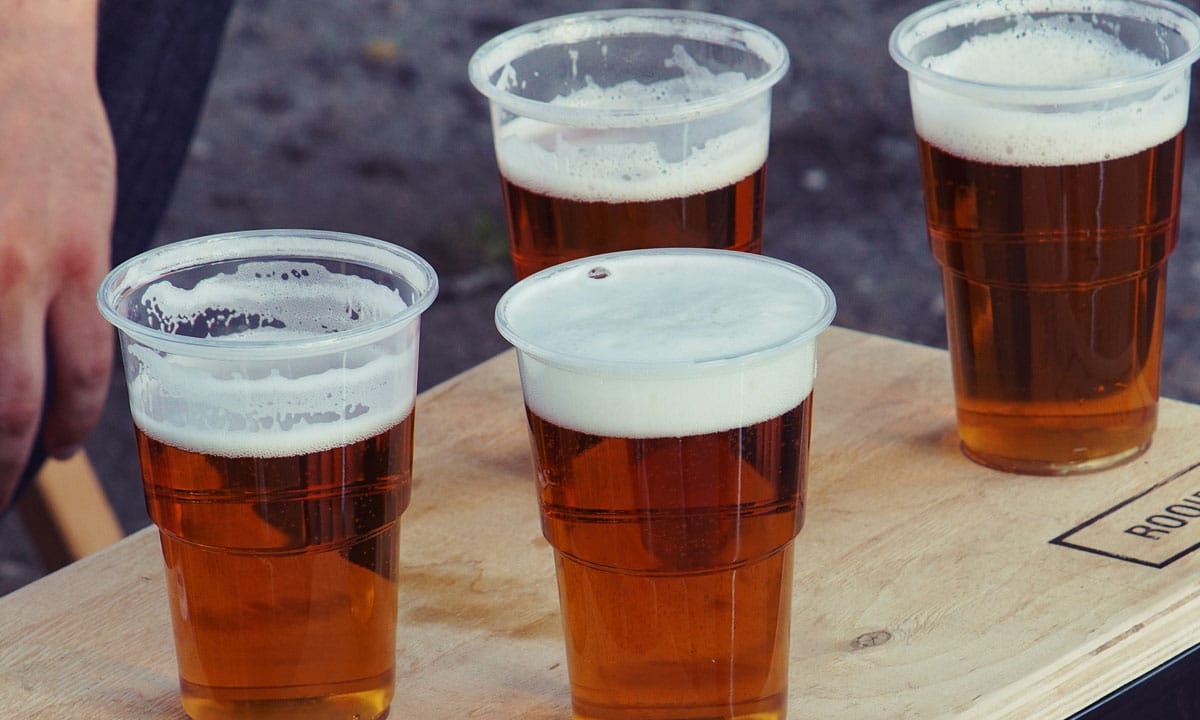
Jacqueline Collins
|
A month after Attorney General Jeff Sessions sent a letter to Governor John Hickenlooper questioning the legitimacy of the marijuana industry in this state, Smart Approaches to Marijuana,
a group dedicated to fighting marijuana commercialization, has issued a
report calling for feds to crack down on the industry's big players.
That report claims that the first three states to legalize adult-use
marijuana – Colorado, Oregon and Washington – have "failed to meet" the
mission of the Cole Memorandum.
"As Attorney General Sessions considers what actions to take on marijuana enforcement, we urge him to be smart on crime, not just tough on crime, and to continue to focus any federal resources wisely," SAM President Kevin Sabet says. "It’s time for states to stop playing politics and start ’fessing up to the real challenges they face.
Here are the eight Cole memo guidelines that states with legal marijuana must follow in order to avoid federal intervention:
The study SAM references in connection to rising youth use, for example, was sponsored by the Substance Abuse and Mental Health Services Administration, and assessed use among Colorado kids ages twelve to seventeen. It saw a rise of nearly 3 percent in use after legalization — but that was compared to 2002-’03 rates. The SAM report also cites a rise in marijuana-related emergency-room visits and arrests of black and Hispanic youth in Colorado – both examples that have been labeled misleading or taken out of context by State Representative Jonathan Singer and regulatory attorney Tom Downey.
"Before legalization, if a kid was caught with pot, parents wouldn't necessarily take them to the ER, because it was illegal and parents were scared," Downey says.
The report also cites data from the Rocky Mountain High Intensity Drug Trafficking Area Report, a study Sessions cited in his letter to Hickenlooper that's been widely criticized by media and public-health officials. "Every report needs to be looked at with its own limitations," Singer said of the RMHIDTA report in an interview earlier this month. "There are so many limitations to that study that it's important to look at it in its context. Take a look at our own validated Healthy Kids survey that's national recognized, and see what that shows."

On multiple pages, the RMHIDTA report noted that data from before
2012 is incomplete for studies on marijuana-related traffic fatalities
and emergency-department visits. In a statement released earlier this
month, Washington Governor Jay Inslee called the RMHIDTA report
"incomplete and unreliable data that does not provide the most accurate
snapshot."
The Healthy Kids Colorado Survey, conducted by the Colorado Department of Public Health and Environment, studied marijuana use by middle- and high-school students from 2009 to 2015. It found that the rate of use remained relatively unchanged during the time span, and that Colorado's youth currently use marijuana at a rate lower than the national average.
Still, the SAM report raises serious public-health and safety concerns about legal marijuana's rising popularity, which sat at 61 percent in Quinnipiac's most recent poll. But consumers aren't in SAM's line of fire...not yet, at least.
"Federal resources should target the big players in the marijuana industry," the report concludes.
"Individual marijuana users should not be targeted or arrested, but large-scale marijuana businesses, several of which now boast of having raised over $100 million in capital, and their financial backers, should be a priority."
- Preventing distribution of marijuana to minors
- Preventing marijuana revenue from funding criminal enterprises, gangs or cartels
- Preventing the diversion of marijuana from states where it is legal under state law in some form to other states.
- Preventing state-authorized marijuana activity from being used
as a cover or pretext for the trafficking of other illegal drugs or
other illegal drug activity
- Preventing violence and the use of firearms in the cultivation and distributing of marijuana
- Preventing drugged driving and the exacerbation of other adverse public health consequences associated with marijuana use
- Preventing
the growing of marijuana on public lands and the attendant public
safety and environmental dangers posed by marijuana on public lands
- Preventing marijuana possession or use on federal property
The study SAM references in connection to rising youth use, for example, was sponsored by the Substance Abuse and Mental Health Services Administration, and assessed use among Colorado kids ages twelve to seventeen. It saw a rise of nearly 3 percent in use after legalization — but that was compared to 2002-’03 rates. The SAM report also cites a rise in marijuana-related emergency-room visits and arrests of black and Hispanic youth in Colorado – both examples that have been labeled misleading or taken out of context by State Representative Jonathan Singer and regulatory attorney Tom Downey.
"Before legalization, if a kid was caught with pot, parents wouldn't necessarily take them to the ER, because it was illegal and parents were scared," Downey says.
The report also cites data from the Rocky Mountain High Intensity Drug Trafficking Area Report, a study Sessions cited in his letter to Hickenlooper that's been widely criticized by media and public-health officials. "Every report needs to be looked at with its own limitations," Singer said of the RMHIDTA report in an interview earlier this month. "There are so many limitations to that study that it's important to look at it in its context. Take a look at our own validated Healthy Kids survey that's national recognized, and see what that shows."

|
SAM President Kevin Sabet.
Courtesy of Smart Approaches to Marijuana
|
The Healthy Kids Colorado Survey, conducted by the Colorado Department of Public Health and Environment, studied marijuana use by middle- and high-school students from 2009 to 2015. It found that the rate of use remained relatively unchanged during the time span, and that Colorado's youth currently use marijuana at a rate lower than the national average.
Still, the SAM report raises serious public-health and safety concerns about legal marijuana's rising popularity, which sat at 61 percent in Quinnipiac's most recent poll. But consumers aren't in SAM's line of fire...not yet, at least.
"Federal resources should target the big players in the marijuana industry," the report concludes.
"Individual marijuana users should not be targeted or arrested, but large-scale marijuana businesses, several of which now boast of having raised over $100 million in capital, and their financial backers, should be a priority."
















